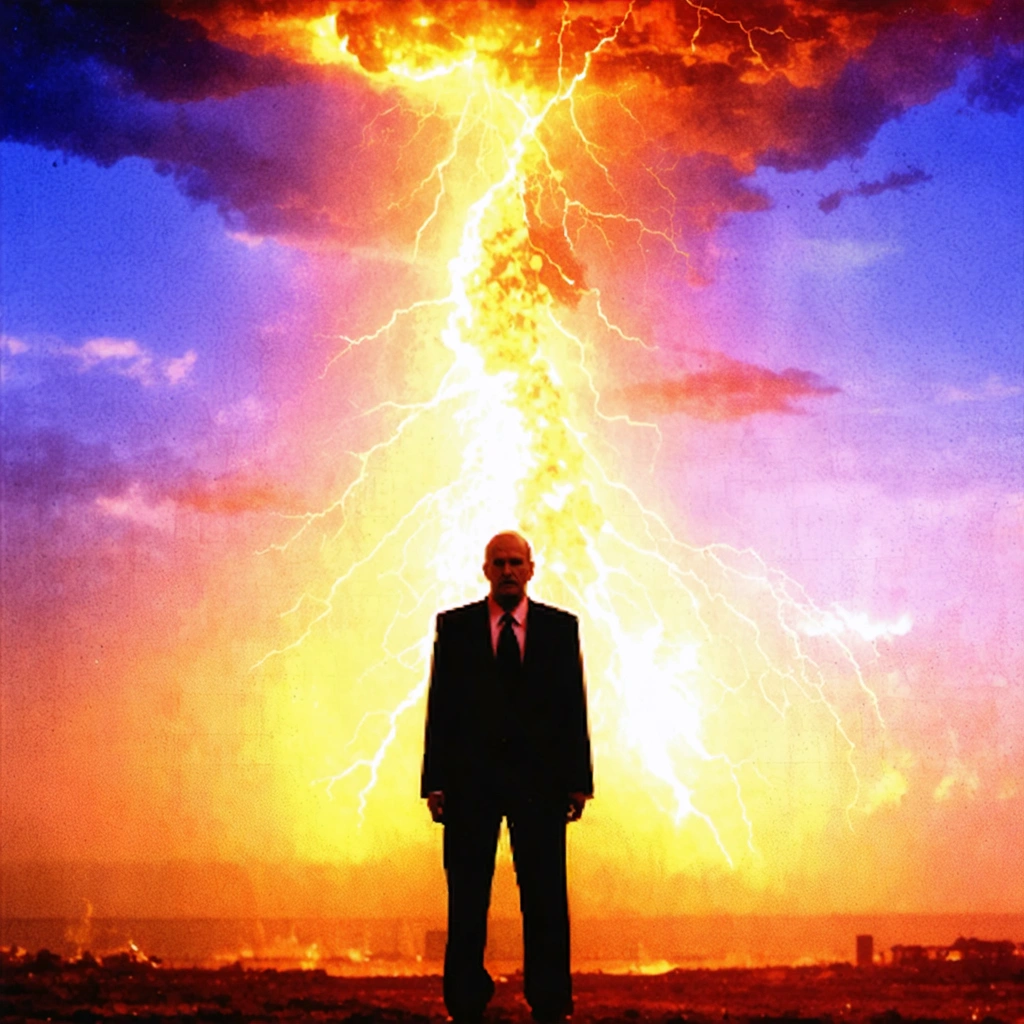
The Birth of an Idea
In the early 1960s, a visionary psychiatrist named John Barker initiated an unconventional project. At a time when society expected scientific precision, Barker felt that human intuition possessed hidden insights into potential catastrophes. With fervor and determination, he established the Premonition Bureau under the auspices of the Evening Standard. He recruited everyday people who reported unexplained feelings, dreams, or visions regarding future tragedies. His ambition pushed boundaries and blurred the line between science and belief. Consequently, journalists and researchers started to scrutinize anecdotal evidence, as it accompanied scientific methods and social dynamics. Moreover, the initiative sparked heated debates among experts and laypeople alike.
As the bureau gathered its inaugural collection of premonitions, Barker designed new strategies for cataloging these mysterious warnings. He organized a simple system that employed both qualitative diaries and structured questionnaires. Among the many intuitive narratives recorded, one case would later overshadow the others—the tragic prediction of the Aberfan disaster in 1966. Nevertheless, Barker persevered, continuously refining methodologies while confronting both skepticism and hope. His work laid the groundwork for future interdisciplinary approaches to crisis management, as multiple viewpoints intertwined. Therefore, the research transcended mere superstition and embraced a broader dialogue on human cognition.
The Aberfan Prediction: A Turning Point
In a defining moment, the Premonition Bureau registered forewarnings regarding the Aberfan disaster, which occurred in Wales. At the time, Barker and his colleagues gathered desperate accounts from individuals who sensed impending doom. Detailed narratives emerged that described a profound atmospheric pressure preceding the catastrophe. This incident illuminated the potential role of intuitive signals in emergency preparedness. As news of the fatal event spread, critics questioned whether reliance on premonitions might risk misinterpretations; however, supporters argued that such early indicators, when combined with conventional risk assessments, could enhance public safety.
Notably, authorities had already begun discussing innovative early-warning systems. They triggered a series of internal reviews and external inquiries. To guide these developments, Barker proposed the following steps:
- Creating a centralized data repository for intuitions and empirical data.
- Establishing partnerships with meteorological and geological institutions.
- Developing educational programs for crisis anticipation based on multidisciplinary research.
Moreover, a table summarizing key components of Barker’s approach appears below:
| Component | Description |
|---|---|
| Data Collection | Gathering individual premonitions and recorded intuitions. |
| Analysis | Comparing intuitive signals with scientific risk data. |
| Communication | Informing authorities and public during danger alerts. |
This strategic layout not only underscored diversity in source material, but brightened prospects for an early-warning system that engaged both science and the human spirit.
Expanding Horizons and Embracing Criticism
Following the Aberfan prediction, the bureau faced rigorous scrutiny. Critics argued that relying on emotional intuitions endangered factual accuracy and overshadowed hard data. Several respected scientists expressed concern over the methodological flaws in compiling and interpreting premonitions. Nonetheless, analysts in crisis management praised Barker’s determination to explore uncharted realms of human perception. Simultaneously, journalists evolved their narrative style when reporting on disasters, focusing on human interest and the unexplained phenomena surrounding premonitions. This dual approach enriched public discourse by infusing both rational analysis and heartfelt testimony.
Subsequently, communities began to take notice. As government agencies initiated the pilot phase for integrating intuitive data into hazard planning, public opinion evolved quite dramatically. The transformation occurred in several steps:
- Initial resistance from traditional scientific communities.
- Incremental acceptance following successful case studies.
- Collaborations between modern research institutions and informal networks of intuition.
Therefore, Barker’s legacy resonated because it challenged long-standing assumptions. Additionally, his work encouraged further studies in psychology, neurology, and environmental sciences, thereby breaking barriers between seemingly disparate disciplines. Consequently, the narrative of the Premonition Bureau evolved into a multifaceted exploration of human foresight and institutional readiness.
Reflections on Legacy and Future Implications
Today, Barker’s initiative remains a subject of intrigue and debate. Contemporaries study the bureau’s records not only to unravel potential scientific insights but also to explore the human condition under duress. Researchers argue that intuition might offer glimpses into subconscious patterns of perception. Furthermore, modern technology and data analytics bolster attempts to refine early warning indicators. For example, artificial intelligence now analyzes both quantitative datasets and qualitative statements that resemble those recorded by Barker. By combining traditional early-warning systems with unconventional signals, experts hope to create comprehensive safety nets.
Moreover, several forward-thinking organizations use lessons from the Premonition Bureau to train professionals in emergency management and psychological resilience. They emphasize the utility of human intuition in forecasting anomalies and enhancing preparedness. Therefore, contemporary practices adopt strategies that include:
- Integrating intuitive feedback into simulation models.
- Hosting workshops that bridge scientific expertise with non-scientific insights.
- Utilizing digital platforms to track emerging trends and public sentiment.
Through these measures, society inches closer to realizing Barker’s dream. Consequently, many view the initiative as a pivotal moment in disaster prediction history, providing guiding principles for modern risk management. Today, each step forward blends the analytical rigor of science with the unpredictable nature of human intuition, thereby shaping a resilient and adaptive future.
This tale not only recounts a historical journey but also incites future promise. As communities worldwide continue to innovate, Barker’s early efforts remind us that intuitive voices matter. Even though conventional methods hold critical importance, humans possess an instinctual capacity to sense danger. Thus, the narrative of the Premonition Bureau endures in modern debates on public safety and emergency preparedness. By weaving historical records with emerging technology, experts create stories that both honor the past and illuminate the future. In turn, this blending of intuition and science inspires further exploration, ensuring that the lessons of yesterday guide the potential of tomorrow.






